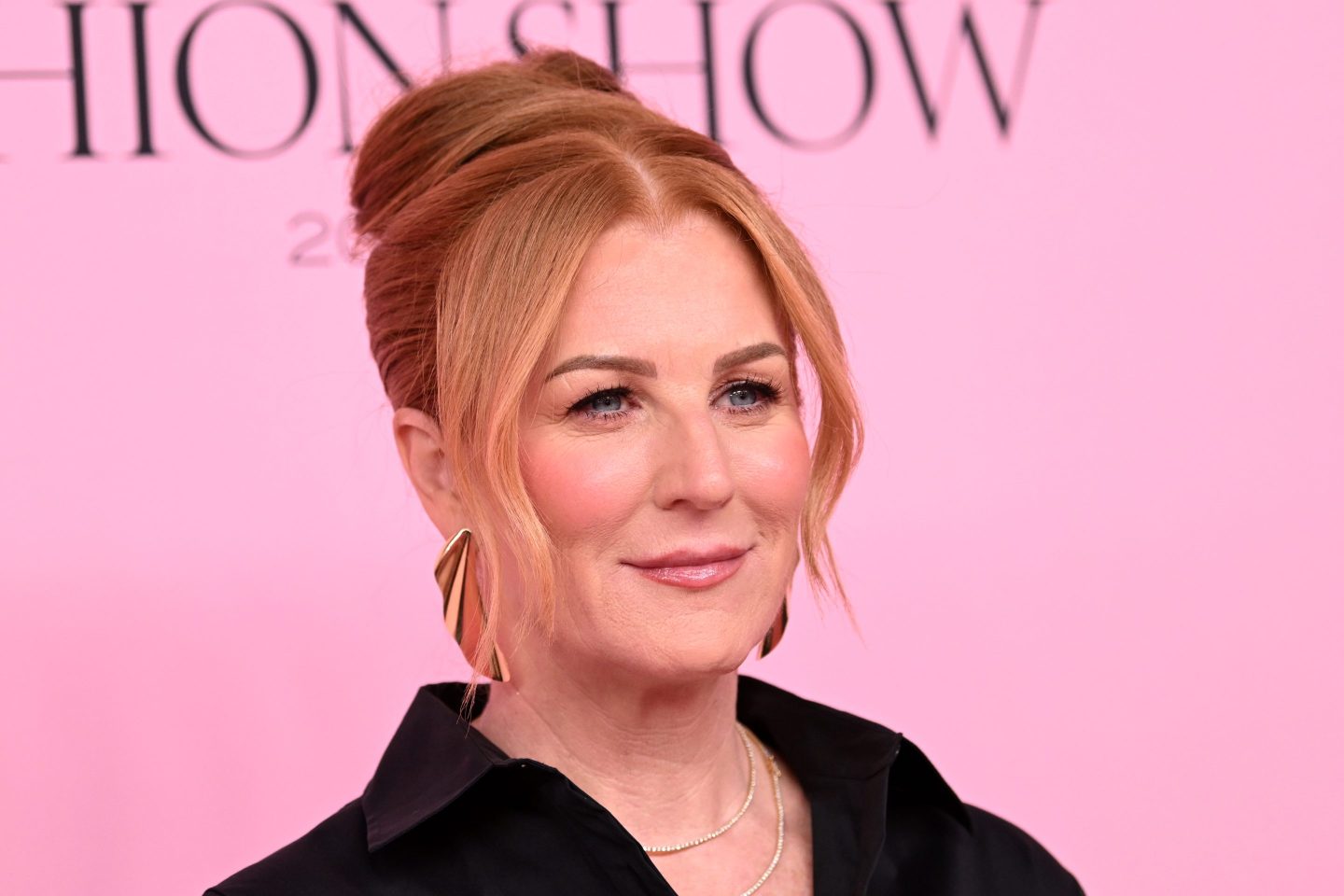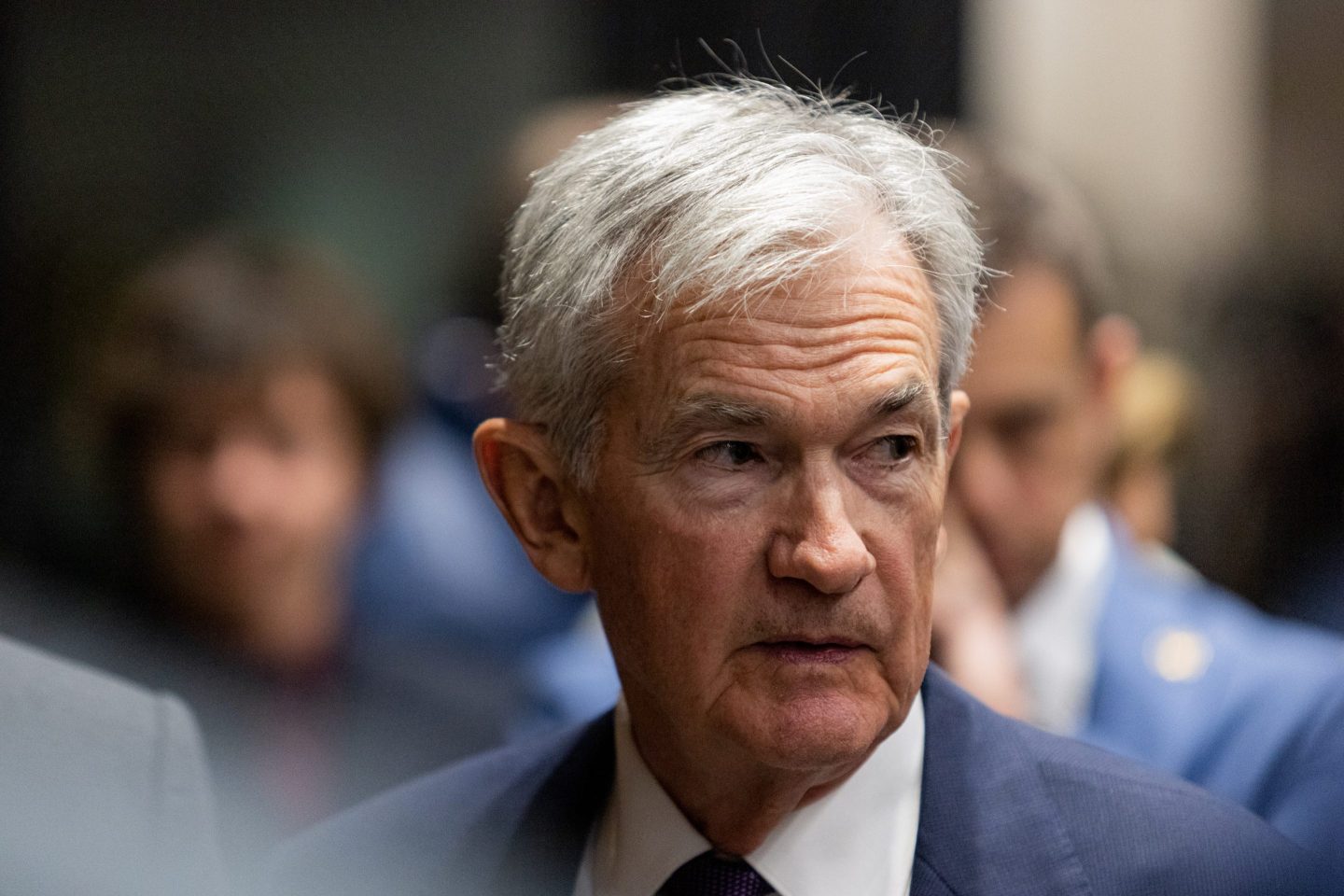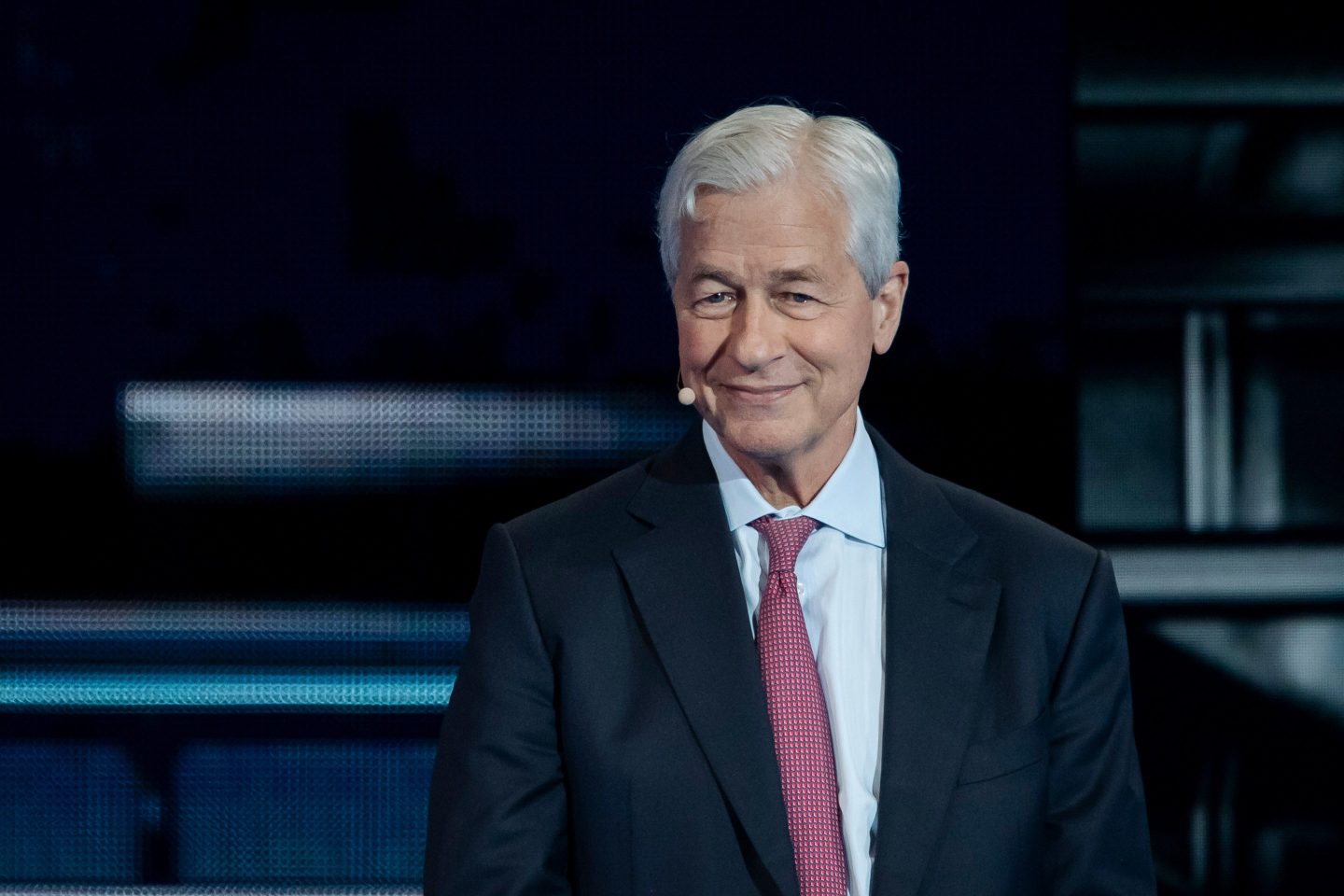- In today’s CEO Daily: Shawn Tully on the U.S.’s use of non-tariff barriers.
- The big story: Musk under pressure to leave DOGE as Tesla becomes tainted with politics.
- The markets: The dollar and the S&P 500 are down but Asia looks OK.
- Analyst notes from Apollo on recession, Oxford Economics on tariffs, and Goldman Sachs on stocks.
- Plus: All the news and watercooler chat from Fortune.
Good morning. For weeks I’ve been digging into the tariff war reverberating around the globe and affecting virtually every industry there is. To me, a major mystery of the Trump tariff crusade is this: The “Liberation Day” reciprocal duties he’s threatening are completely disconnected from what other nations are charging the U.S. on our exports. In virtually all cases, Trump’s tariffs are multiple times larger. How does he justify this giant gulf? The president claims we’re getting “ripped off” not by excessive tariffs but blatant “non-tariff barriers” (NTBs), such as quotas and technical standards that systematically block our goods from foreign markets, while we naively open America to the “cheaters” who lock us out. But the data show a different story. When I dug in, it became clear that the U.S. is utilizing many of the strategies that we’ve slammed trading partners for enforcing. Here’s what leaders should know about the policies underlying this chaotic debate:
A highly respected guide to where different countries’ trade policies stand on the spectrum from open to restrictive is the International Trade Barrier Index compiled by the Tholos Foundation, a Washington, D.C., think tank focusing on tax reform and policy research. For 2024, the Tholos data placed the U.S. as the 24th most protectionist economy in the world from a list of 88 countries, based on the number of restraints on trade each nation imposes. Overall, we’re about 10% above average in overall restrictions—on a roster featuring lots of bad actors.
NTBs come in a wide variety of forms. They encompass such practices as quotas, technical standards, and packaging, labeling, licensing, and safety requirements. In a 2024 study, the St. Louis Federal Reserve reported that across 15 manufacturing sectors, NTBs covered well over two-thirds of the imports of components, commodities, and finished products.
The U.S. is an avid user of a protectionist tool called the “tariff-rate quota.” Despite its name, the TRQ is really a non-tariff barrier because it doesn’t actually impose duties. TRQs typically allow products or commodities to enter the country duty-free to a certain level, and once the imports hit that bogey, trigger prohibitively high tariffs, effectively halting the flows of rival products and commodities from abroad, and enforcing a fixed quota to shield domestic producers. A top example: the sugar market, where, by law, the USDA rules restrict production to keep minimum prices generally higher than on the international markets. “The U.S. government is the leader of a nationwide sugar cartel,” a Cato Institute study declared.You can read the full story about how NTBs work and which industries are the most protected here. — Shawn Tully
More news below.
Contact CEO Daily via Diane Brady at diane.brady@fortune.com
Top news
The Pope has died. He was 88 years old. BBC live coverage here.
“Musk needs to leave the government,”according to vocal Tesla bull Daniel Ives, an analyst at Wedbush. “Tesla is Musk and Musk is Tesla....and anyone that thinks the brand damage Musk has inflicted is not a real thing....spend some time speaking to car buyers in the US, Europe, and Asia...you will think differently after those discussions.”
Tesla’s next earnings call is on Tuesday after the bell. Here’s what’s at stake according to Fortune’s Jessica Mathews and Jeremy Kahn.
China is pulling back its private equity investments in the U.S. as part of its reaction to President Trump’s trade tariffs. Beijing also warned that it would retaliate against any country that tried to isolate it in its trade war with the U.S. China’s chipmakers will benefit from the U.S.’s new export ban on Nvidia shipping AI semiconductors to China, analysts say.
Pentagon Signal fiasco continues. Defense Secretary Pete Hegseth shared details of U.S. attacks against the Houthis in a Signal group chat with his wife, brother and lawyer. At the same time, at least three senior Pentagon officials under Hegseth have been fired. A former top spokesperson for the Pentagon who previously said Hegseth was the best choice to lead defense said the Pentagon is now in “a full-blown meltdown.”
Trump hopes for Russia-Ukraine deal this week, he said on Truth Social. The Russians continued to bomb Ukraine all the way through Moscow’s self-declared Easter truce.
Can Trump remove Powell? President Donald Trump has both publicly and privately attacked Federal Reserve Chair Jerome Powell since his administration began, but can Trump legally remove Powell? Law professors and policy experts gave Fortune their perspective.
QVC CEO downplays tariffs. The CEO of QVC toldTheNew York Times last week that it won’t fundamentally change its business practices because of new tariffs. “One of the good things is all retailers are experiencing this together. So it shouldn’t preference one retailer over another by too much,” CEO David Rawlinson II said.
Amazon sellers speak out. Meanwhile, Amazon sellers who spoke exclusively to Fortune say that they have had their products removed from the “Add to Cart” or “Buy Now” buttons on the site because they’ve raised the price on their products due to tariffs. Amazon CEO Andy Jassy recently said that he would understand if Amazon sellers moved to “pass that cost on” to customers.
The late Mike Lynch’s Bayesian superyacht will be salvaged from the seafloor to gather more evidence about why it sank.
The markets
- The dollar continues to lose value against the DXY, an index of commonly traded foreign currencies, as investors pull away from economic uncertainty in the U.S. The dollar has lost 9% of its value vs the British pound and 8% against the euro, YTD. The S&P 500 is down 10% YTD. Futures in the S&P were down more than 1% this morning. Asian markets were mixed this morning with Japan’s Nikkei 225 down 1.3% but India’s Nifty 50 and Hong Kong’s Hang Seng both up more than 1%. European markets are largely closed this Easter Monday.
From the analysts
- Apollo on recession: “Tariffs have been implemented in a way that has not been effective, and there is now a 90% chance of what can be called a Voluntary Trade Reset Recession (“VTRR”) … the negative impact on GDP in 2025 could be almost 4 percentage points, not including additional non-linear effects because of the current increase in uncertainty for consumer spending decisions and business planning,” per Torsten Sløk.
- Oxford Economics on tariffs: “While the easing of tariff threats has helped to soothe markets for the moment, the level of tariffs on the rest of the world remains historically high and risks to inflation and economic growth remain high,” per John Canavan.
- Goldman Sachs on stocks: “Our equity drawdown risk framework points to downside risk, with the drawdown probability peaking in the summer in our economists' baseline,” per Christian Mueller-Glissmann and Andrea Ferrario.
Around the watercooler
Chicago Fed President Austan Goolsbee says a move by Trump to terminate Jerome Powell would ‘undermine the credibility of the Fed’ by Sydney Lake
Geopolitics helps drive Middle Eastern money to Asia as wealthy Gulf investors hedge their bets by Nicholas Gordon
Hedge funds are the new ‘shadow banks’—and some are worried they pose a systemic threat to financial stability by Greg McKenna
CEO of $3 billion company asks himself one question before bed every single night—and he urges Gen Z to do the same by Orianna Rosa Royle
Southeast Asia’s Muslim market comes of age—and authenticity is in by Lionel Lim
CEO Daily is compiled and edited by Joey Abrams and Jim Edwards.












